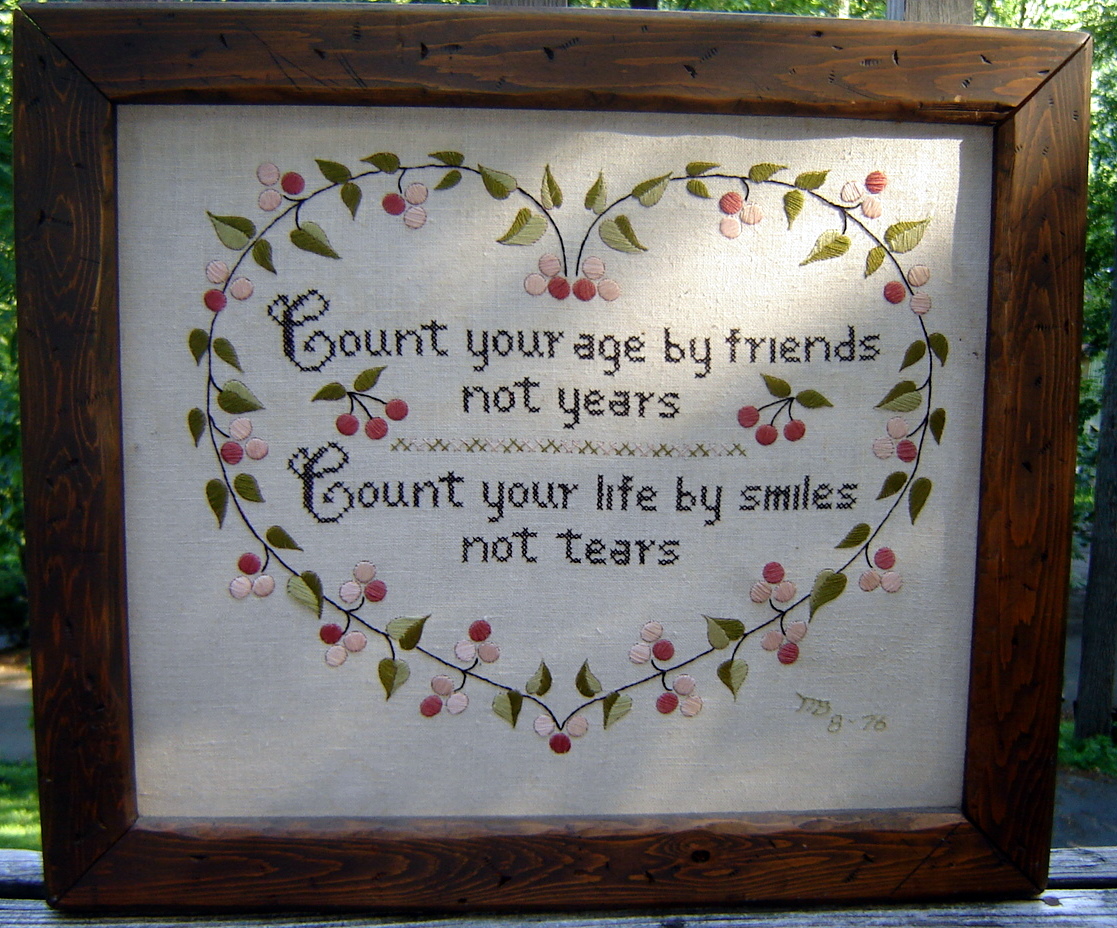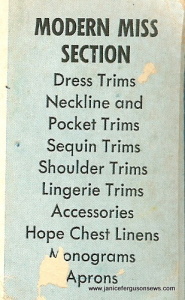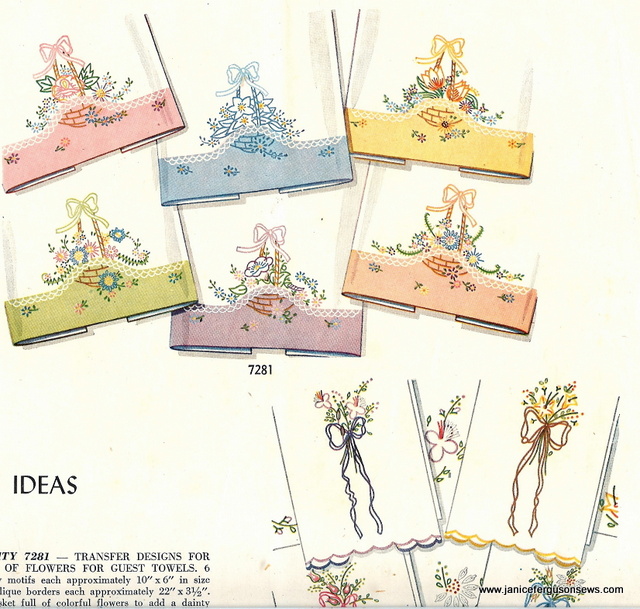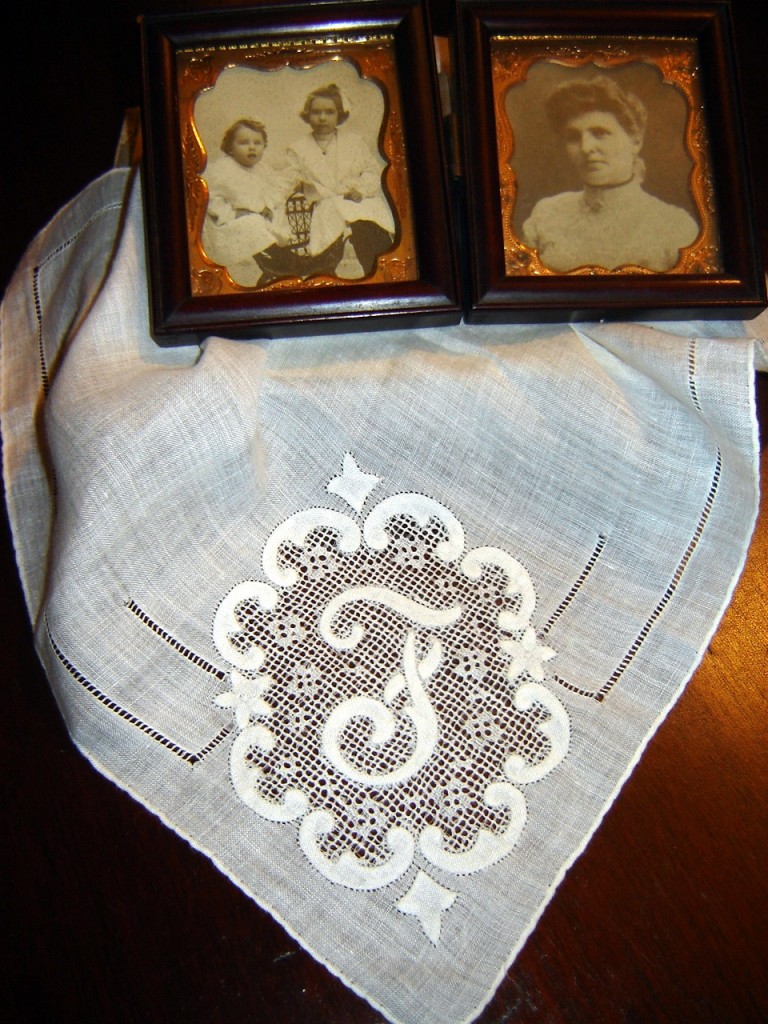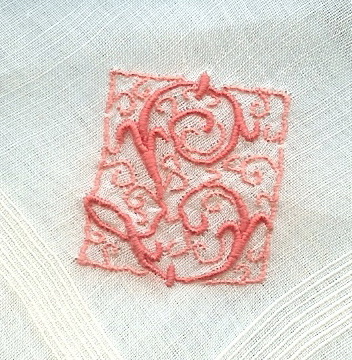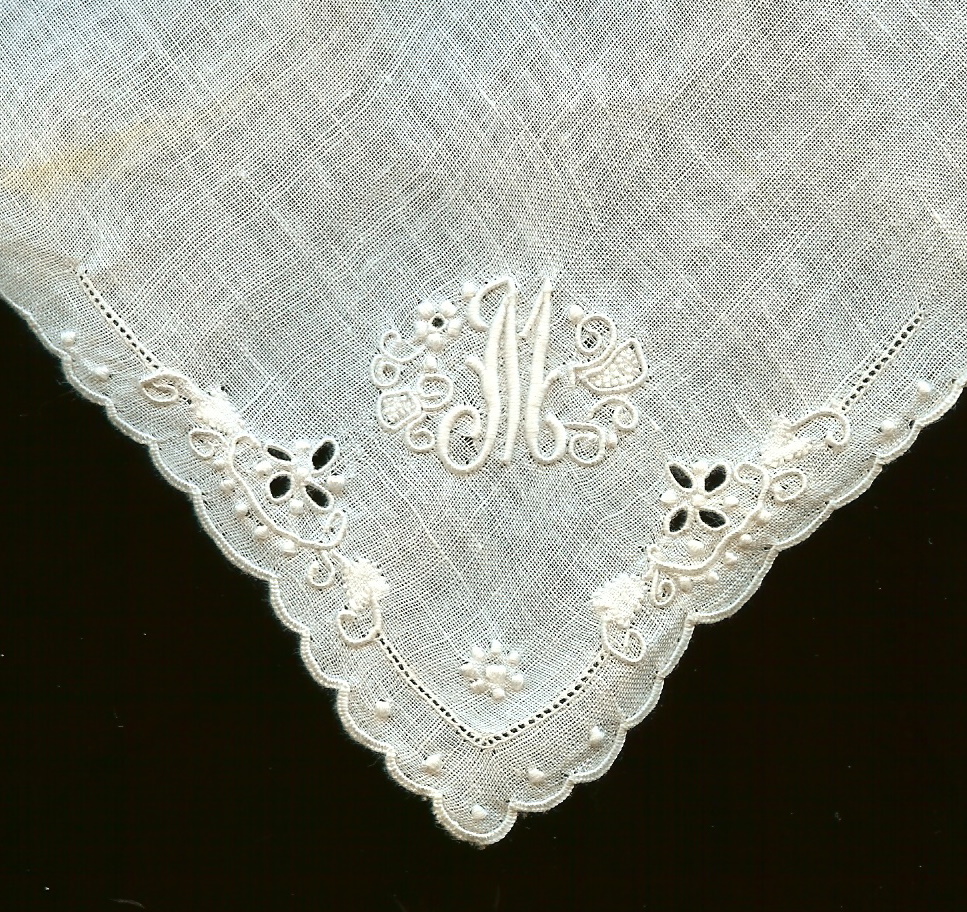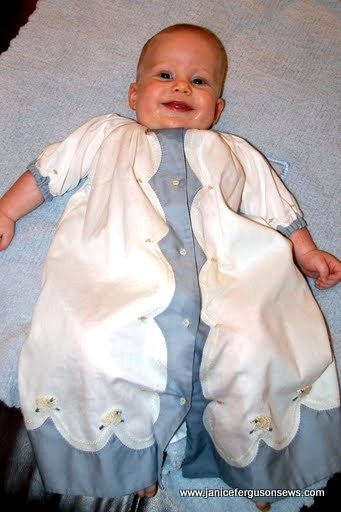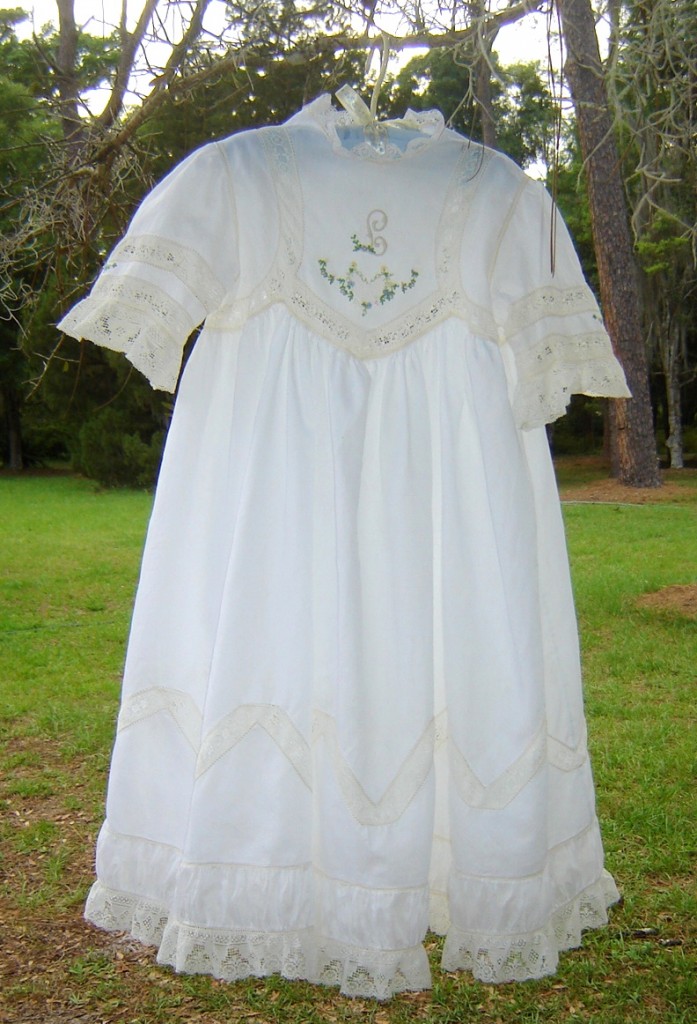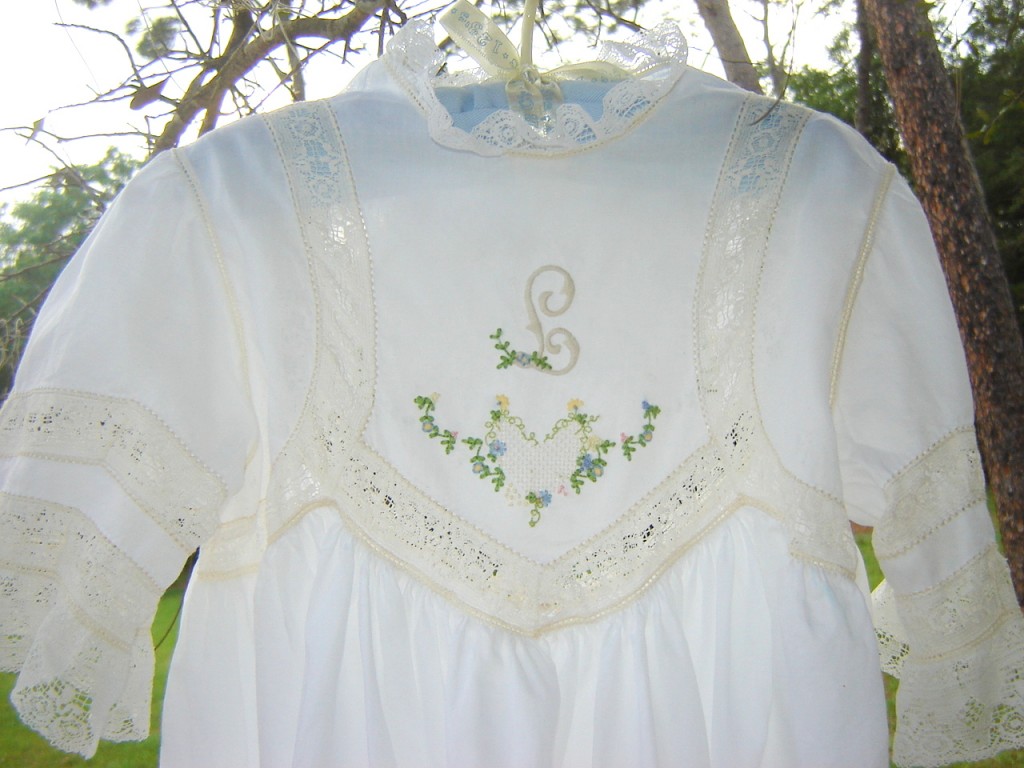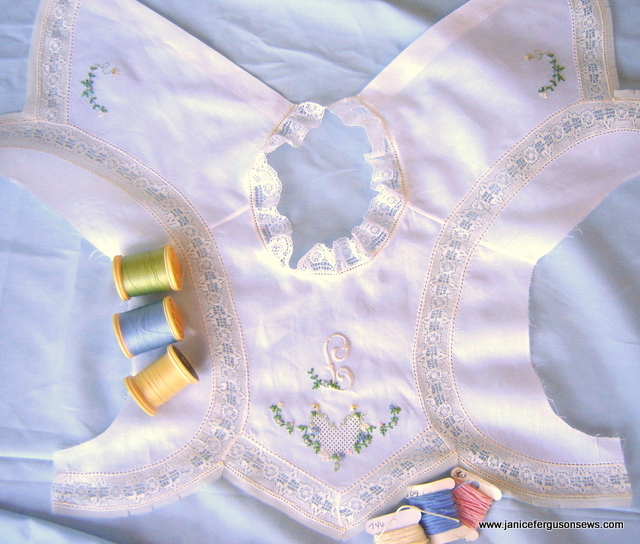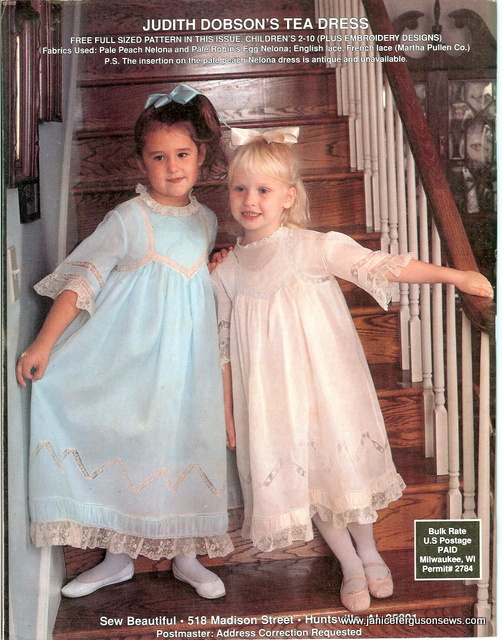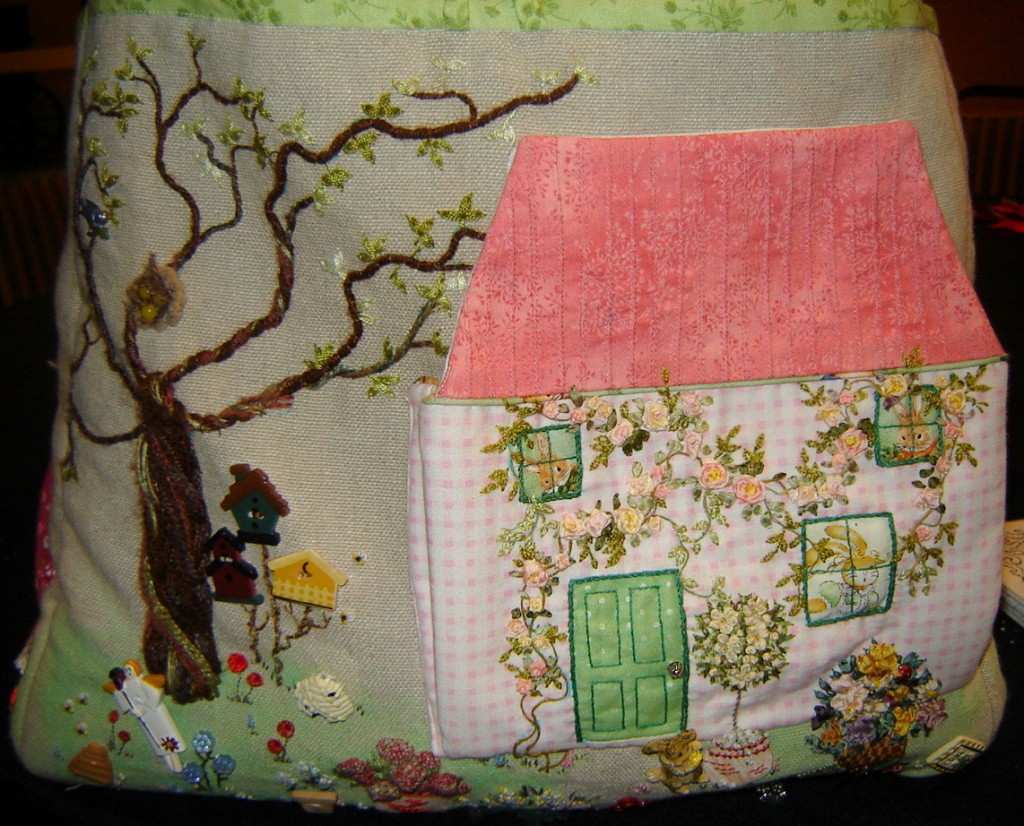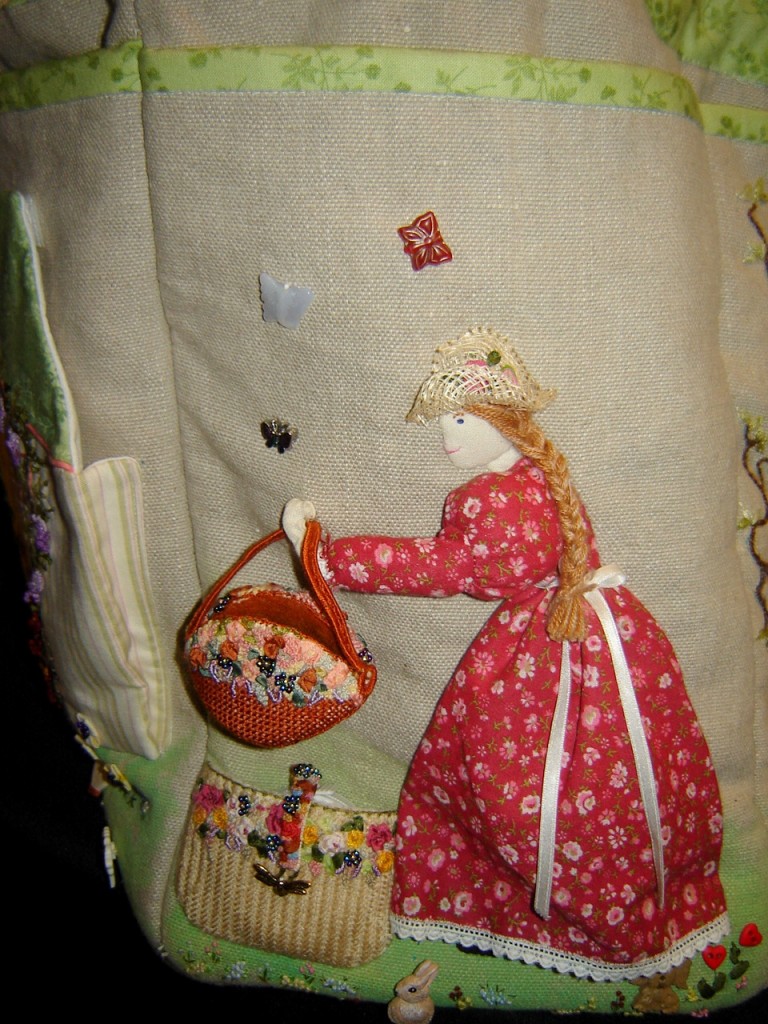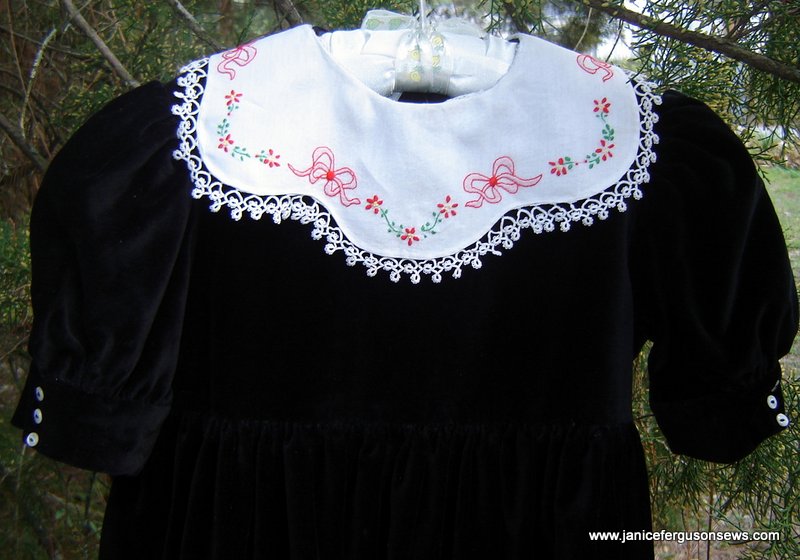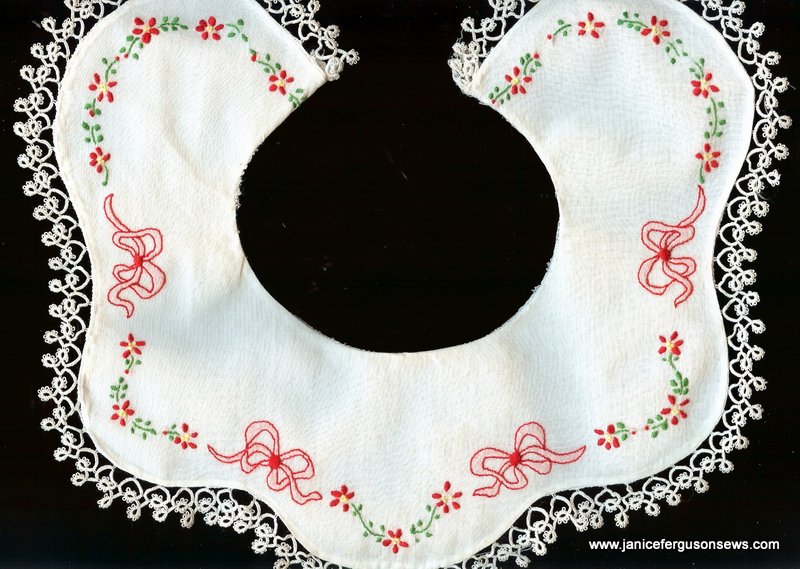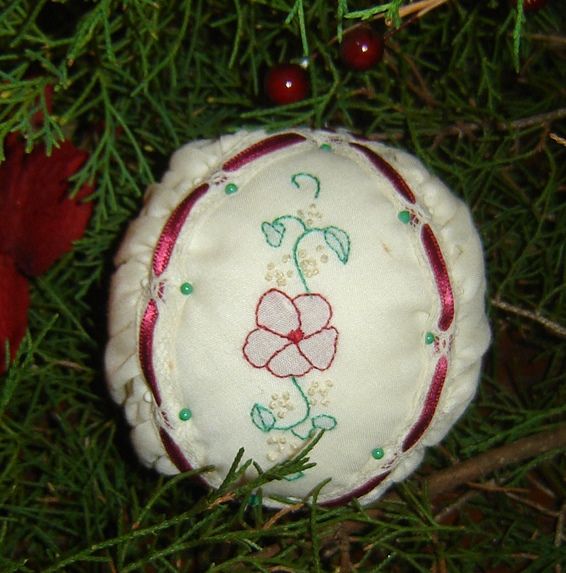Note:  This was posted some time ago, but I have 2 year old Alastair underfoot and there is no time. It’s 11 p.m. and he just went to sleep!#$%*! His parents are out of town so we have our sweet grandson for four days. There is a reason why God gives babies to the young!
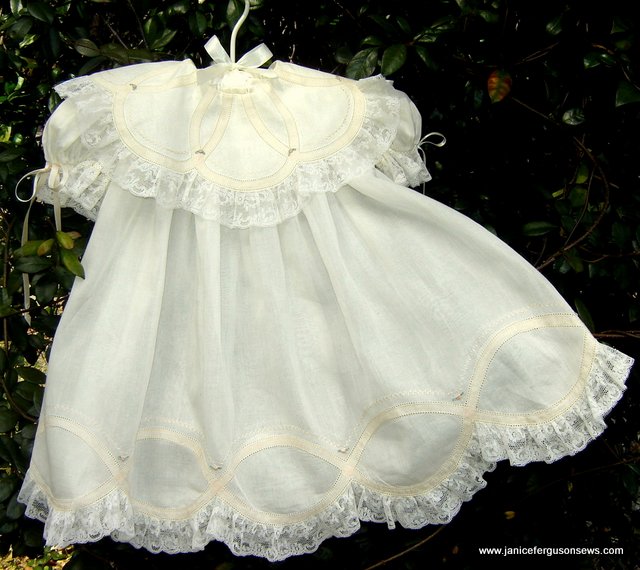
This is one of my favorite projects. It’s not really a modern project for this old fashioned Nana, but it could have been! With only a few changes, this dress could be easy care. As a matter of fact, if my daughter gives us another granddaughter in the next few years, I will probably make an easy care version of this frilly frock. I’ll detail my suggestions for a wash-and-wear version at the end of this post.
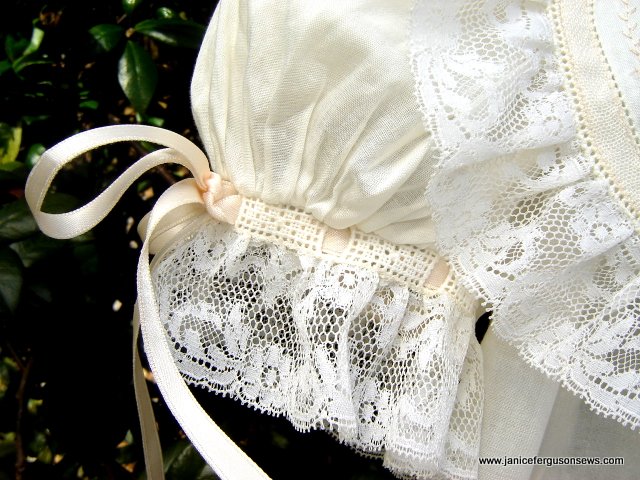
There is a lot to love about the dress: Chery Williams graceful Wedding Ring Dress pattern, Capitol Imports champagne Swiss batiste, champagne Swiss beading, peach lace tape, miles of hemstitching, both pinstitch and entredeux, and a nylon French lace which requires almost no ironing.
The pattern calls for lace insertion and is beautiful when made up as directed. But my infatuation with lace tape and an urge to market this product which I developed led me to use it rather than lace. There are several advantages of this substitution.
One is the addition of soft color to the monochromatic palette of the champagne fabric, beading and lace edging. Another advantage is that the foundation fabric need not be cut away behind the lace tape, as is normally done with lace insertion. By leaving the fabric intact,  the structural integrity is not compromised. This makes the garment much sturdier and less likely to tear when there is stress on the fragile lace.
Yet another advantage is that lace tape is far less expensive than heirloom lace. And yet, lace tape meets many of the heirloom characteristics: it is imported, 100% cotton, has pull threads on either side for shaping and is of fine quality.
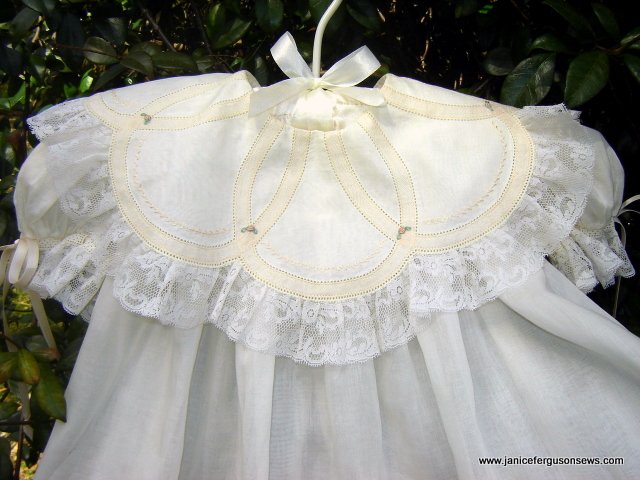
I did have some trouble with the collar pattern. Mine is an old version and it may have been revised by now. But placing the lace or lace tape on the line indicated allowed no space whatsoever where the rings overlapped. So I redrafted the collar pattern and then all was well.
 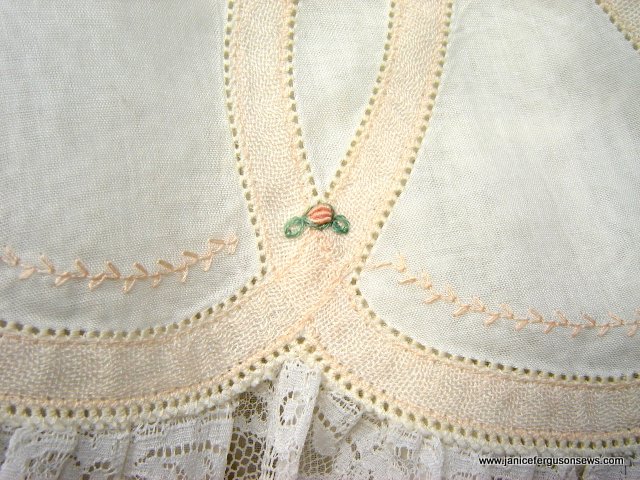
This dress shows quite clearly the difference between the pinstitch and the entredeux stitch. The top of the lace tape ovals or “footballs†at the hem and the rings on the collar were pinstitched. At the bottom of skirt, which was straight with the footballs hovering above, the entredeux stitch was worked.
Next the fabric was cut right to the edge of the entredeux stitches, just as is done with commercially made entredeux. The gathered lace was then butted up against it and joined with a tiny zig zag. The collar was worked in the same manner, with entredeux worked only on the bottom where lace edging would be joined.
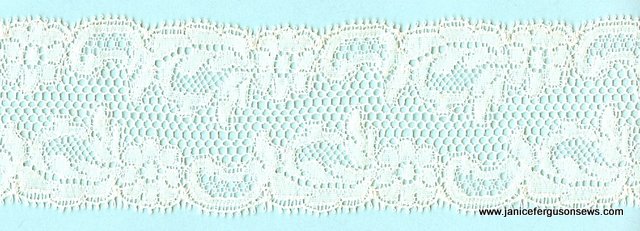
The lace is one of my dearest treasures. Mr. Russell, owner of the renowned lace wholesaler M.E.Feld Co. in New York City, always generously shared his wealth of knowledge about the kinds of lace and its history. Without fail, he patiently answered my multitudinous questions as I placed my order.
It was his practice to send customers a huge box of lace from which to choose. The unwanted lace was then returned, though in my case almost none of the lace was “unwanted” but simply over budget.  In one of these boxes, which usually put me into a state of hyperventilation, there was a bolt of lace, wrapped on a blue card and marked “Made in France,†just like the others. But this one read “100% nylon.â€Â What?
Mr. Russell explained that these were called “levers†lace (though I have since seen it spelled “leaversâ€) and were just as fine as the cottons, but intended for lingerie or other items which would be subjected to heavy and/or frequent laundering.
Now, this is something with which I could build an entire wardrobe of easy care heirloom clothes! I wish I had bought more. As you can see, this galloon has no gathering thread. I simply butted 30 wt. cotton thread to the picot edge and did a tiny roll and whip over the thread. This gathered the lace perfectly.
I have a few pieces of such lace, but this is my favorite. It is technically a galloon, with a decorative edge on both sides. But the pattern is straight enough that it also can be used as edging or insertion. The color is a true ivory and works just as well with white as it does with the champagne color.
When the dress was new, there were no hand embroidered bullions. I didn’t have time and kept putting it off. But the dress cried out for something more and I was much happier with it after I had finally done this. Now, I wish I had used more bullion knots to make a prettier rose, but the effect of this rose is certainly is better than nothing.
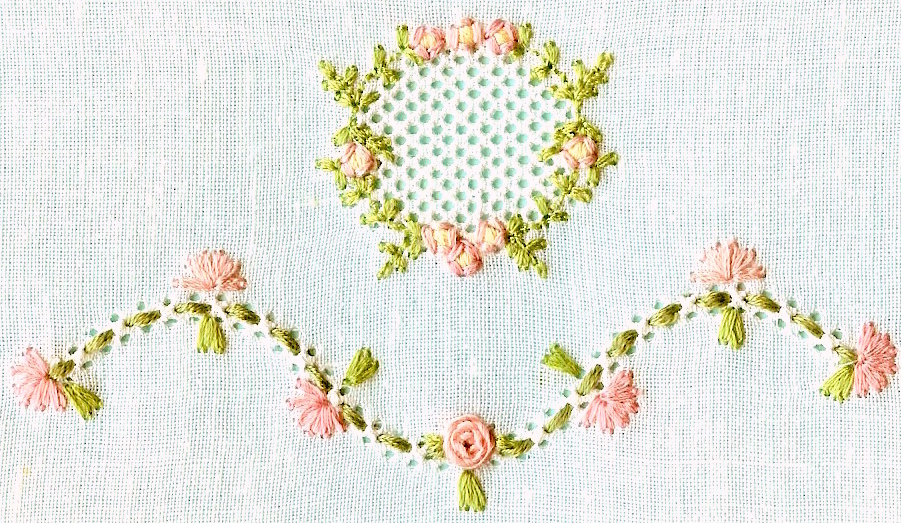
The web rose in the entredeux vine has its spokes laid down in the design. Several strands of thread are twisted then woven around the spokes. This is much easier and quicker than a hand embroidered bullion rose. Even a hand stitched web rose requires time to lay down the spokes.
If it had been available at the time, Suzanne Sawko’s web rose in the machine embroidery collection  Fil Tire’ and Fancywork Elements  would have been used. The dress would not have been plain Jane for so long.
Using the machine embroidery would have taken this dress into the realm of “modern projects” for this old fashioned Nana. By substituting rice colored Imperial batiste for the champagne Swiss and using the same lace, the dress would have been easy care. With the polycotton blend fabric the hemstitching would have to be eliminated. But a narrow zig or machine feather stitch  would give a satisfactory look. Adding the embroidery machine worked web roses would be the finishing touch for a thoroughly modern heirloom.
This “old fashioned Nana” is getting excited thinking about making up this “modern project!” Maybe that could be a later White Wednesday post.

